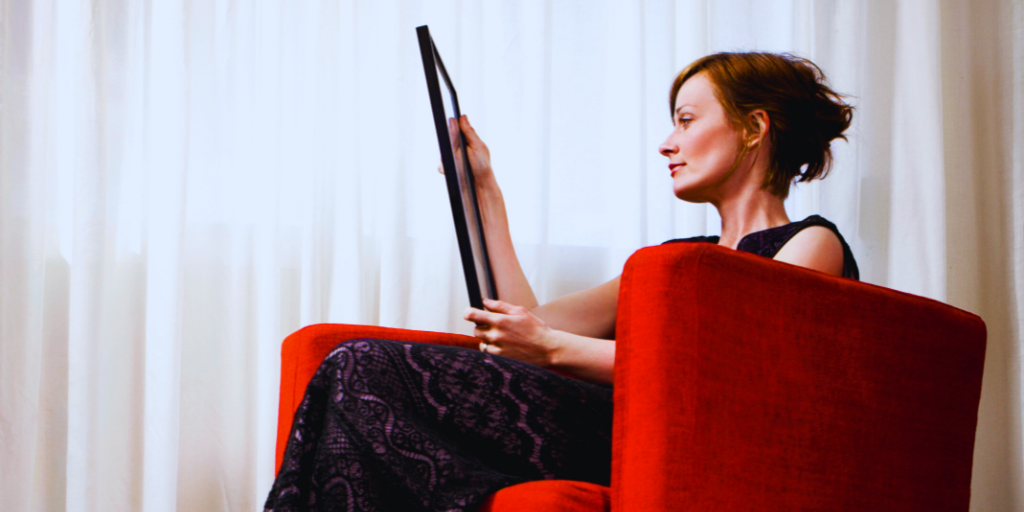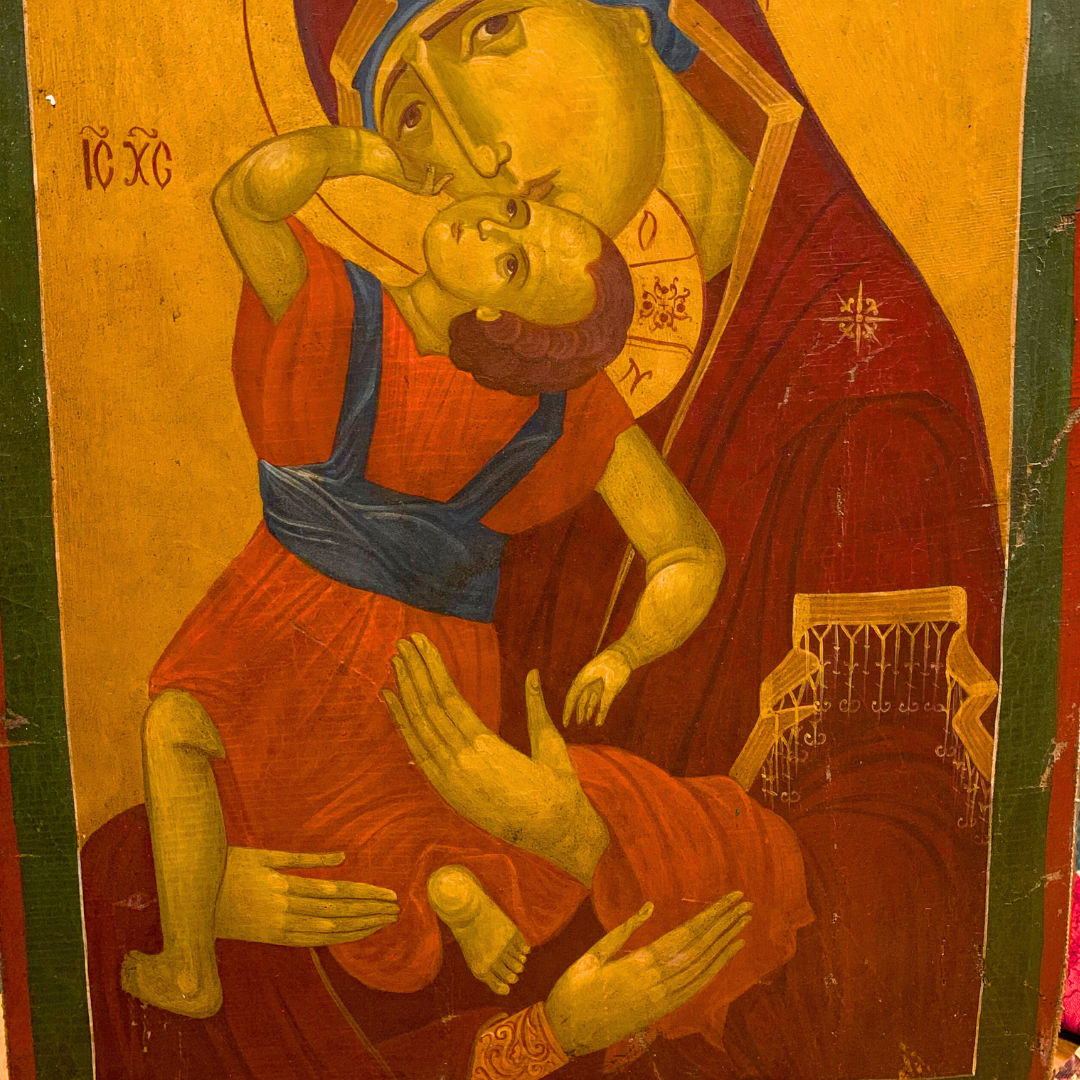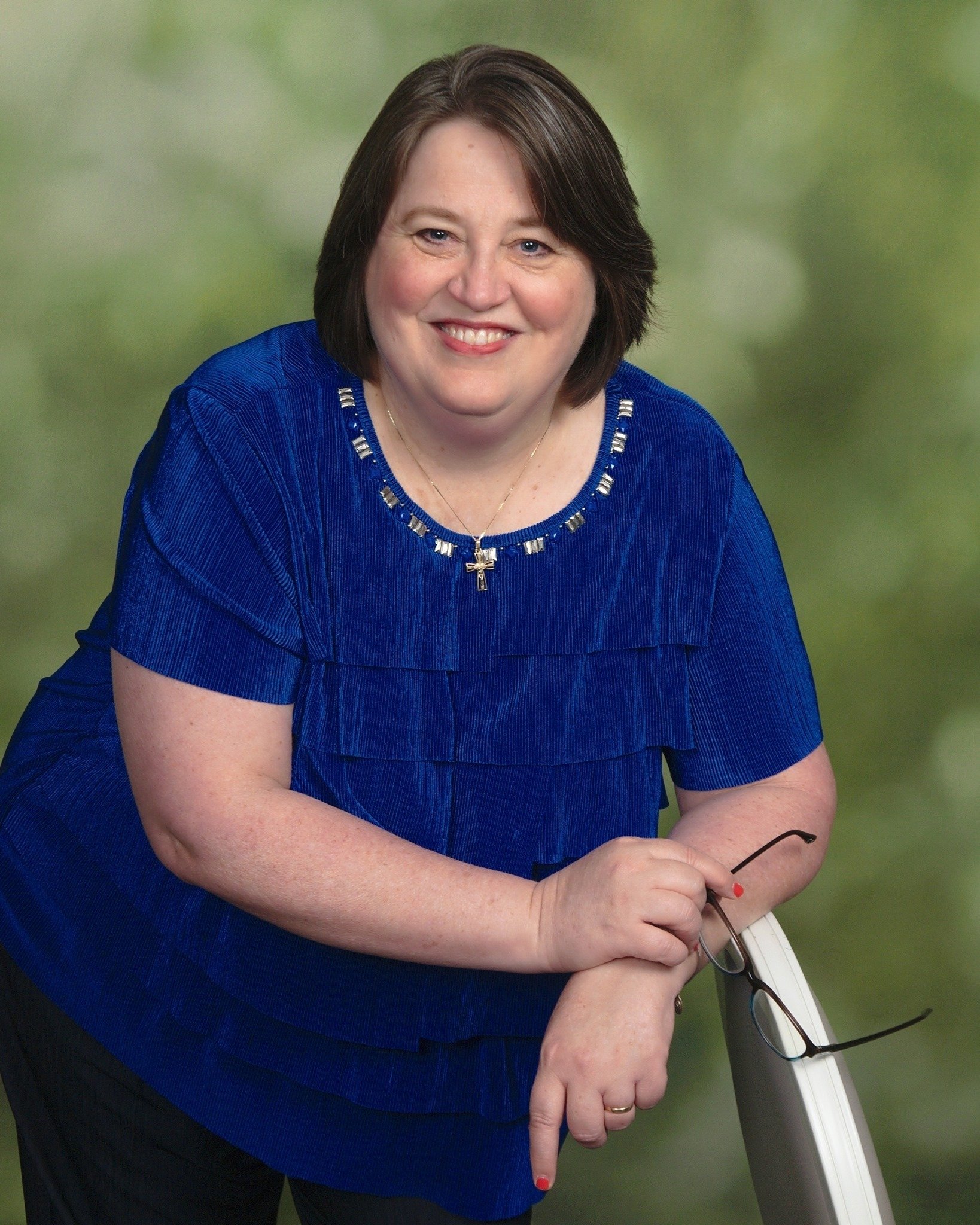
Heidi Hess Saxton contemplates what she has learned from the "Mother of God with the Three Hands" icon.
The joyful shout of deliverance
is heard in the tents of the righteous:
“The Lord’s right hand works valiantly;
the Lord’s right hand is raised;
the Lord’s right hand works valiantly.” (Psalm 118:15-16)
Her eyes, somehow both sorrowful and full of hope, gaze directly at me as she clasps the toddler to her. He is rappelling up her midriff with the energy of a rock climber on Red Bull—kind of like my own son did when we first started taking him to Mass. Her cloak is the red of martyrdom, the background golden, whispering of the Divine Presence.
I don’t know how long I stood there in that Christian gift shop in Bethlehem, transfixed by her motherly patience and love, until I finally noticed it: Mary had a spare hand emerging from the folds of her cloak.

The old wooden icon was not cheap—in fact, it cost more than my first car (a great deal on a used hatchback I got as a poor college student). But when I heard the story behind the original image, I had to bring this (much more recent) copy home. I never wanted to forget this three-handed Theotokos.
The icon was originally written by the last of the Greek Fathers and Doctor of the Church, St. John Damascene (674-749 AD). He was a priest, iconographer, and hymnologist perhaps best known for his writings on the Assumption of Mary and his love for icons. At a time when the legitimacy of sacred images was hotly debated, the monk was falsely implicated in a plot against the caliph of Damascus, framed by ecclesial enemies, and punished. His right hand was severed from his body.
In agony, St. John prayed before the unfinished icon depicting Mary and her Child … and the next day, found his hand fully restored. Some say that, in thanksgiving, St. John caused a silver hand to be fastened to it (the original is said to be on display at the Eastern Orthodox Hilander Monastery). Others say that the hand miraculously appeared in the icon without human intervention. Either way, it speaks of the intervening hand of God in our lives—the powerful, miracle-working hand of justice and mercy.

As I write this, the icon is within arm’s reach, her eyes level with mine. As I contemplate her face, the third hand is just outside my peripheral view as I focus on that intimate moment between mother and son. The blue head covering just below her mantle catches my attention, reminding me of the hidden mysteries of a mother’s mind. And I am grateful. So grateful.
Click to tweet:
These days I feel I need Mary more than ever in these unsettling times. #CatholicMom
These days I feel I need her more than ever in these unsettling times. No one told me, when we adopted our children, that mothering young adult children is every bit as challenging (in its own way) as mothering school age children. The problems get bigger as the sense of control diminishes. The possibilities for things to go horribly, horribly wrong raise exponentially as my capacity to handle the stress seems depleted—thoughts become muddled, energy declines, and frustrations rise as my adult children remind me in word, deed, and silence that I do not get the deciding vote any longer.
Mother of the Incarnate, pray for me.
You must have felt the helplessness of motherhood, too. Pray with me, Sweet Mother of the Immaculate Heart, that the horizons of my own heart might be stretched beyond their current capacity to love—and that my mind will be strengthened and consoled by the Hand in the folds of your motherly mantle.

Copyright 2023 Heidi Hess Saxton
Images: (top, lower center) Canva; photo of icon copyright 2023 Heidi Hess Saxton, all rights reserved.
About the Author

Heidi Hess Saxton
Heidi Saxton is co-host of the CatholicMom.com Prayercast, and author of Stories of the EucharistThe Ave Prayer Book for Catholic Mothers (Ave). She is also senior acquisitions editor for Ave Maria Press. She and her husband Craig divide their time between northern Michigan and West Palm Beach, Florida. You can read about her adventures on Life on the Road Less Traveled.


.png?width=1806&height=731&name=CatholicMom_hcfm_logo1_pos_871c_2728c%20(002).png)
Comments